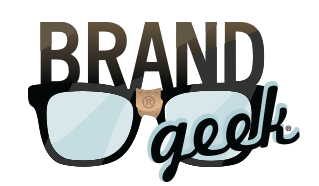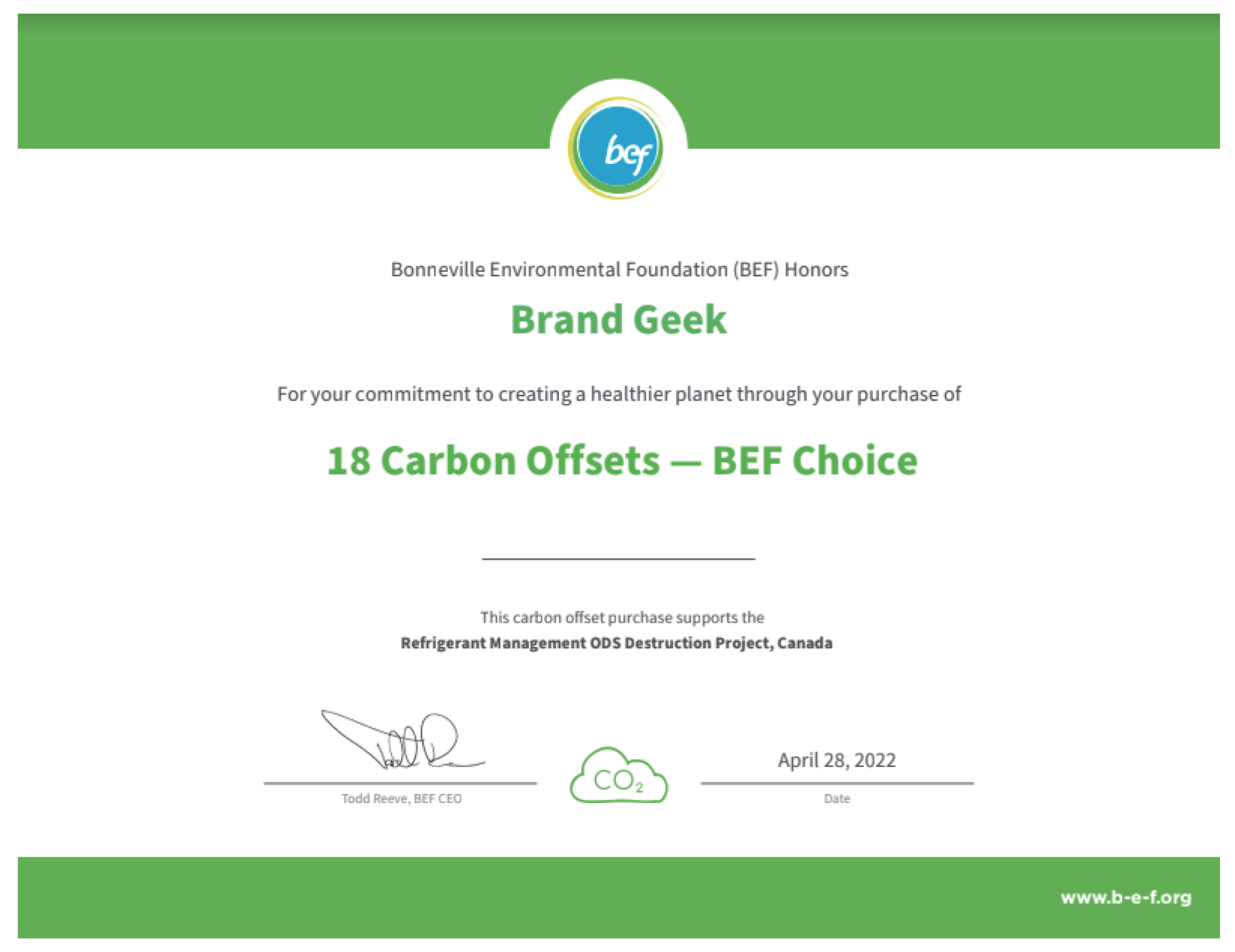Brandgeek proudly supports Mountain Area Preservation and is humbled to be…
Skee-Ball accuses Brewskee-Ball of cheating (ala trademark infringement)
Did you know SKEE-BALL’s a trademark? And an infringed trademark at that? Well, maybe.
You remember Skee-Ball, don’t you? The game in which you roll a ball up a table hoping to do so with just enough force so that it hits the ridge at the end of the table and bounces up into the smallest of holes, which awards the most prize tickets. Small amounts of prize tickets could be redeemed for plastic trinkets, while larger amounts could buy you goodies like stuffed animals or even TVs and VCRs.
 Skee-Ball is an arcade game usually found at amusement parks or in game rooms / arcades. Apparently, it’s also very popular at least one bar — Full Circle Bar — in Brooklyn, NY, about which Skee-Ball, Inc. isn’t amused. As a result, Full Circle Bar finds itself engaged in not one, but two, full-blown court room contests with and over Skee-Ball.
Skee-Ball is an arcade game usually found at amusement parks or in game rooms / arcades. Apparently, it’s also very popular at least one bar — Full Circle Bar — in Brooklyn, NY, about which Skee-Ball, Inc. isn’t amused. As a result, Full Circle Bar finds itself engaged in not one, but two, full-blown court room contests with and over Skee-Ball.
According to the timeline on the Skee-Ball website, Skee-Ball was invented in 1909 and the first Skee-Ball tournament was held in 1932. The SKEE-BALL mark was registered for a “game in the nature of a bowling game and parts thereof” in 1929 and remains LIVE today, as the mark remains in use on arcade and other games, including a popular iPhone app.
Full Circle created what it claims is the first national Skee-Ball League and a cleverly coined Skee-Ball tournament, “BREWSKEE-BALL.” It also took care to federally register its BREWSKEE-BALL mark for “entertainment in the nature of Skee-Ball games; entertainment services, namely, arranging and conducting of Skee-Ball competitions; providing a website that provides statistics for Skee-Ball league players; providing recognition and incentives by the way of awards to demonstrate excellence in the field of Skee-Ball” in 2008. The BREWSKEE-BALL registration may become incontestable next month if Full Circle files and the USPTO acknowledges its Section 15 Affidavit of Incontestability. However, Skee-Ball is seeking to cancel the BREWSKEE-BALL registration because of the identification of goods improperly uses Skee-Ball generically in violation of TMEP 1402.09.
Skee-Ball also takes issue with Full Circle’s marketing of its “First Ever Competitive Skee-Ball League,” “Skee-Ball Stadium,” “National Home of Brewskee-Ball” and “BaseSKEEball” competition, so it filed a lawsuit against Full Circle for trademark infringement, dilution, and unfair competition in the Northern District of California on October 5, 2011. On November 8, 2011 Full Circle sued Skee-Ball for declaratory judgment of non-infringement, cancellation of the SKEE-BALL trademark registration, breach of contract, unfair competition and violation of the Antitrust Act in the Southern District of New York. Full Circle claims that “Skee-Ball” is generic, that its use of SKEE-BALL is fair use and nominative fair use and that Skee-Ball acquiesced to its use of BREWSKEE-BALL and its other marks and is therefore estopped from challenging such use at this point.
On November 9, 2011 Full Circle moved (asked) the court to dismiss Skee-Ball’s lawsuit against it in California or to transfer it to the Southern District of New York. On November 23, 2011 Skee-Ball filed its Response to Full Circle’s Motion to Dismiss or Transfer and also moved to strike (have the court ignore) substantial portions of Full Circle’s Motion to Dismiss. On November 30, 2011 Full Circle filed a Reply to Skee-Ball’s Motion to Strike. The Court Ordered the case transferred to New York on December 22, 2011. On January 3, 2012, the parties requested the court to consider the two cases related and assign them to the same judge.
No Answer has been filed yet in either case between these parties and there’s already 25 docket entries in the case Skee-Ball filed against Full Circle and 4 docket entries in the case filed by Full Circle against Skee-Ball. That’s 29 docket entries before any Answer has been filed! I bet both parties are wishing their attorneys accepted prize tickets as payment.
 Skee-Ball made a risky bet by suing Full Circle with what seems to be a weak case and a lot to lose (like its rights in its SKEE-BALL house mark). Both parties appear determined to fight, so it will be interesting to see how Skee-Ball’s gamble plays out and whether it can end up victorious.
Skee-Ball made a risky bet by suing Full Circle with what seems to be a weak case and a lot to lose (like its rights in its SKEE-BALL house mark). Both parties appear determined to fight, so it will be interesting to see how Skee-Ball’s gamble plays out and whether it can end up victorious.




I’ve always considered skee-ball to be the generic name for this hole-based bowling-type game (or whatever the “real” generic term for this game is). My feeling is that most people – perhaps a “substantial majority” – are under the same impression. But then again, I thought that ping pong was surely a generic term for table tennis (http://www.likelihoodofconfusion.com/i-feel-like-a-table-tennis-ball/).
Hopefully, we get some kind of substantive decision here. Settlements are always boring.
Thanks so much for reading and commenting on my post, Chris! There’s only two ways for a trademark to fall prey to genericide / become generic: (1) The brand owner allows it (by ceasing enforcement efforts); or (2) a court rules it so. My guess is Full Circle will commission a trademark survey to gauge general consumer perception of SKEE BALL — be it a brand or a generic term for the bowling-type game. If the survey proves the later, Skee Ball is, shall we say, screwed? The Wikipedia entry for Skee ball (http://en.wikipedia.org/wiki/Skee_ball) uses the term generically, but the Merriam-Webster dictionary definition (entered in 2002) states that it’s a trademark (http://unabridged.merriam-webster.com/cgi-bin/unabridged?va=skee+ball&x=0&y=0).
I probably shouldn’t admit it, but I as a brand new TM atty I once used “ping pong” in a trademark application ID only to get a C&D a couple weeks later from the company that owns that mark – embarrassing to say the least!
I really hope you’re aware that you have a great angle for a book with your blog/site. (It IS, after all, more than just a blog.) These stories are wonderful in the way that they wrap cultural phenomena with legal complications. You have a great style which combines the historical, current/pop-cultural, and the legal angle. This kind of entertainment+education has a strong marketability. Plus the brevity of the pieces makes it accessible to somewhat less “focused” readers as well as those really dedicated to researching. (That’s a way of saying that its fun to read as well as interesting.) Call a literary agent and make a pitch!
Coco, you made my day! Thank you so much for making the time to read and comment on my post(s) and for your kind words about what I’m doing here. My goal is to provide edutainment that will expose a broader group of people to the complexities of intellectual property law while making it digestible by keeping it light and (hopefully) entertaining. I also try to include links to everything anyone might want to reference to completely understand each post.
While I’ve always planned to write a book someday, I figured it would be my biography once I became famous for something. I LOVE the idea that you think I am ready now and that you find the content of my blog book-worthy. For now though, I think I have my hands full with lawyering, Chief Sustainability Officering, blogging and working on my quarterly Brand Geek Geekview videos (first one’s here: — it’s a concept video for which I commend you (and apologize) if you suffer through it in its entirety!). The goal of the videos is to even further expand the reach of Brand Geek and ultimately to get picked up (as a researcher, writer and correspondent) by the Daily Show!
Thanks again for the encouragement. It’s nice to know I’m not writing in a vacuum. 🙂